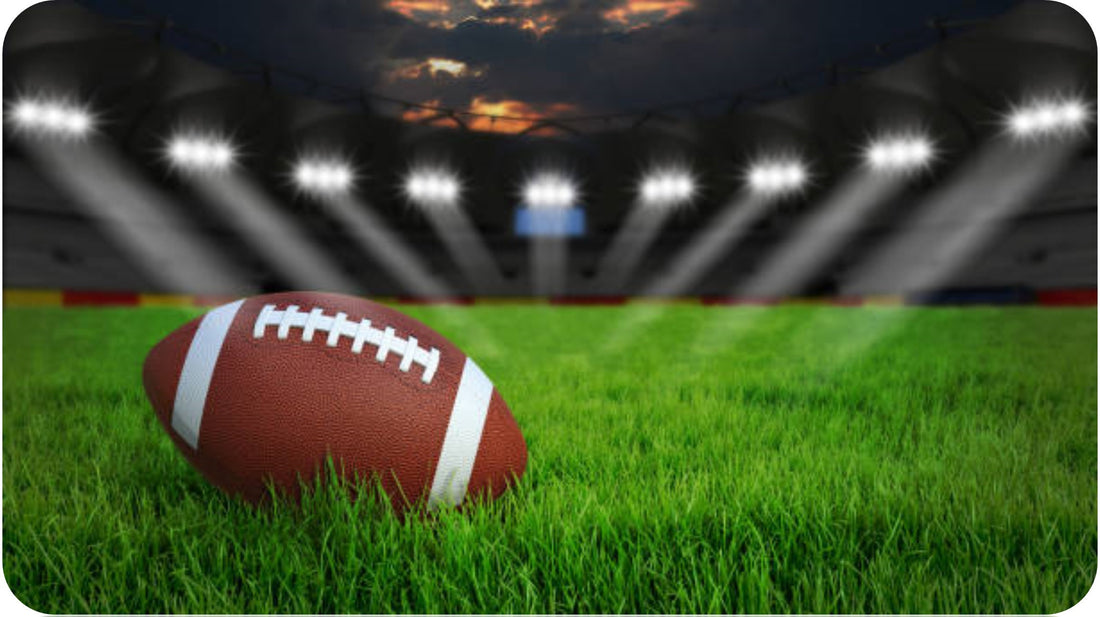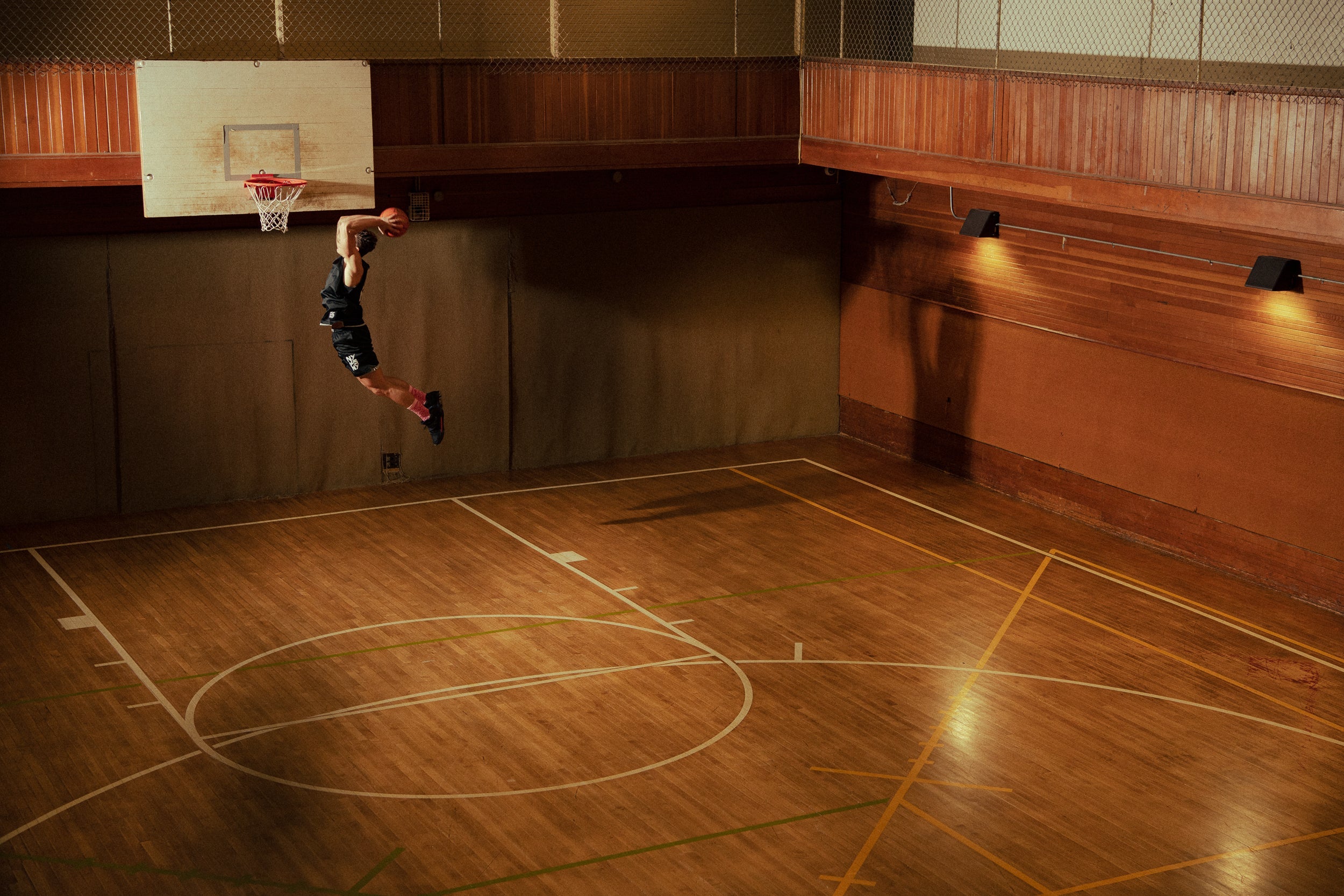
Unlocking Success with the Right Size Football
In the world of football, every detail matters. From the precision of a quarterback's throw to the agility of a wide receiver, every aspect of the game contributes to success on the field. One often overlooked detail that can significantly impact a player's performance is the size of the football itself.
- Size: OFFICIAL: This is the standard size used in professional and international matches.
- Circumference of 68-70 cm (27-28 inches)
- Weighs between 410-450 grams (14-16 ounces).
- Used in professional matches and is suitable for players ages 14 and older.
- Size: YOUTH: This size is commonly used for youth players ages 12 to 14 years old.
- Circumference of 63-66 cm (25-26 inches)
- Weighs between 350-390 grams (12-14 ounces).
- Size: JUNIOR: Used for younger children ages 9 to 12 years old.
- Circumference of 58-60 cm (23-24 inches)
- Weighs between 300-320 grams (10-11 ounces).
- Size: PEE WEE: These are small novelty footballs often used for promotional purposes or by very young children (ages 8 and under).
- Circumference of around 46 cm (18 inches).
- Used for skills training or for very young children to play with.

Why Size Matters???
Imagine trying to throw a basketball instead of a football. The size difference alone would make it incredibly challenging to execute accurate passes or make precise catches. Similarly, using a football that is too large or too small for a player's hands can hinder their ability to perform at their best.
For quarterbacks, the size of the football directly affects their grip and release. A ball that is too large may be difficult to grip properly, leading to errant throws and reduced accuracy. On the other hand, a ball that is too small may be harder to control, resulting in fumbled snaps or poorly thrown passes.
Wide receivers and tight ends also rely on the size of the football to make crucial catches. A ball that is too big may be harder to secure, especially in traffic or while stretching for a catch. Conversely, a smaller ball may be easier to handle but could lead to more drops due to less surface area for gripping.
Finding the Right Fit
So, how do players ensure they're using the right size football? It all starts with understanding the guidelines set by the governing body of the sport. Leagues such as the NFL, NCAA, and youth organizations have specific regulations regarding the size of footballs used in games and practices.
For young players, starting with a smaller-sized football and gradually transitioning to larger sizes as they grow and develop is crucial. This allows them to build confidence and proficiency in handling the ball without feeling overwhelmed by its size.
The Bottom Line
In football, success is often determined by the smallest of margins. Using the right size football might seem like a minor detail, but it can have a significant impact on a player's performance. By ensuring that they're using a ball that fits their hands comfortably and allows for optimal control, players can unlock their full potential on the field.



